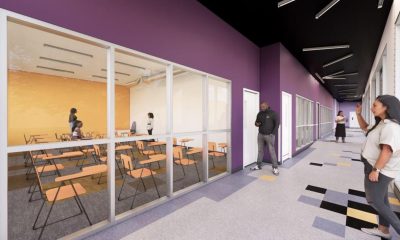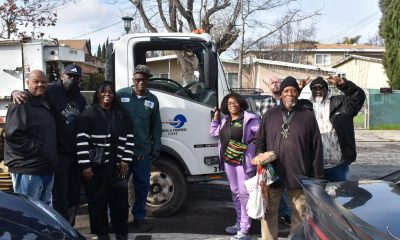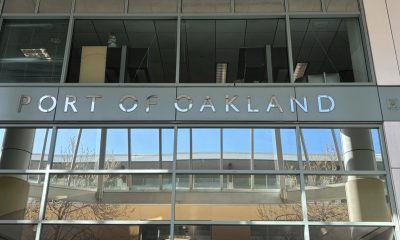#NNPA BlackPress
Honoring the People on Whose Backs America was Built
ABOVE: U.S. Congressman Al Green honors Forward Times and other members of Houston’s Black Press at Slavery Remembrance Breakfast (Photo by Medron White) U.S. Congressman Al Green hosts historic 2nd Annual Slavery Remembrance Legislative Update Photography by Medron White Elected officials acknowledged for delivering proclamations for the occasion Slavery was a barbaric, traumatic, and legalized […]
The post Honoring the People on Whose Backs America was Built first appeared on BlackPressUSA.
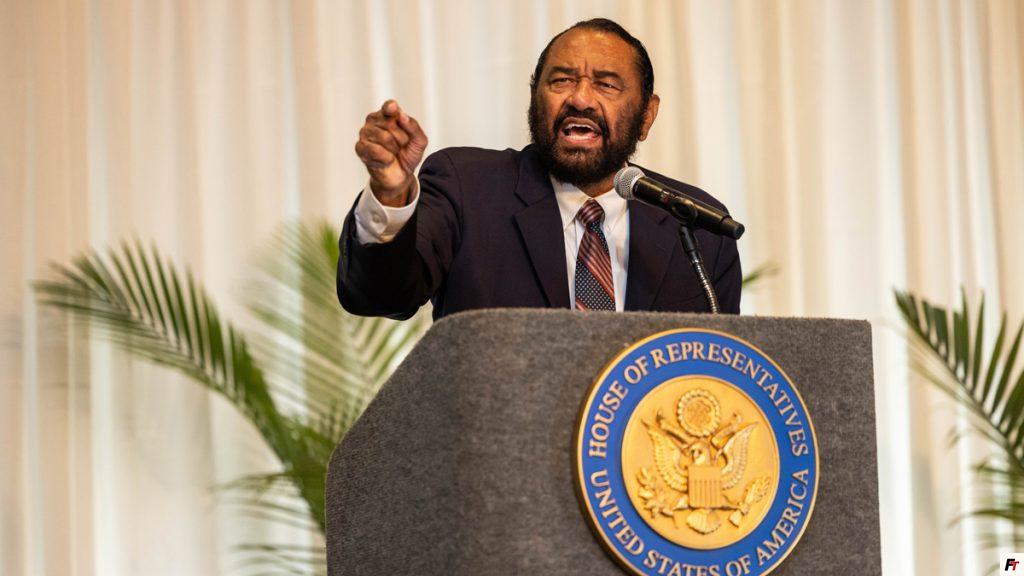

ABOVE: U.S. Congressman Al Green honors Forward Times and other members of Houston’s Black Press at Slavery Remembrance Breakfast (Photo by Medron White)
U.S. Congressman Al Green hosts historic 2nd Annual Slavery Remembrance Legislative Update
Photography by Medron White
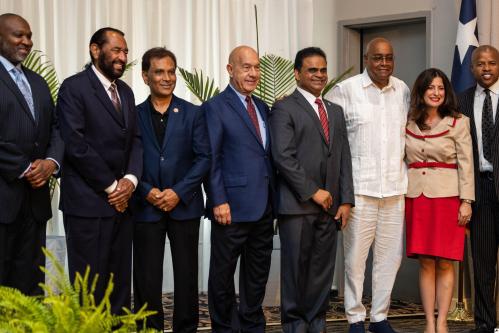
Elected officials acknowledged for delivering proclamations for the occasion
Slavery was a barbaric, traumatic, and legalized institution, that is considered by many to be ‘America’s Original Sin.’ Slavery has had such a disparate impact on the lives of people of African descent, and it helped white plantation owners and companies become extremely wealthy on the backs of a people who were subjected to this system of forced labor.
On August 19, 2023, U.S. Congressman Al Green hosted his historic 2nd Annual Slavery Remembrance Legislative Update and free Commemorative Breakfast at the Wyndham Hotel near NRG Park, to honor the men and women of African descent who deserve to be acknowledged for their contributions to America.
This initiative is a cornerstone of Congressman Green’s Conscience Agenda which includes the establishment of a National Day of Commemoration for the lives sacrificed over nearly 250 years to make America great and serves as an ever-enduring reminder of the evils of slavery and its sinister prodigies to prevent history from repeating itself.
“The first thing we’ve got to do is realize that in this country, we now revere the enslavers, and we revile the enslaved,” said Congressman Green. “Confederates were traitors and were the enslavers, yet we revere them by naming schools, buildings, streets, and other things after them.”

Slavery Remembrance Day Attendee
Congressman Green highlighted his efforts to secure Congressional Gold Medals for the enslaved, recognizing their immense contributions as the foundational mothers and fathers of America’s economic greatness. Congressman Green pointed out that in 1956, the Congress of the United States, with the president signing off on it, gave a Congressional Gold Medal—the highest medal that Congress can issue—to Confederate soldiers.
“I believe that if this country can give a Congressional Gold Medal to Confederate soldiers, the Congress of the United States of America has to give a Congressional Gold Medal to the enslaved people who fought, lived, and died to make America great. It’s time for Congress to step up to the plate and honor the people whose backs built America.”
Congressman Green provided a legislative update and shared the latest developments regarding the designation of August 20th as Slavery Remembrance Day. The event featured an esteemed lineup of special guests, including prominent clergy, public officials, and civic organizations from across the Greater Houston Area. Reverend Max A. Miller, Jr. and Bishop James Dixon addressed the importance of slavery remembrance. During the program, a special tribute was given to former State Representative Al Edwards—known by many as the father of Juneteenth in Texas. There was also homage paid to the historical Houston Black Press, including the historic Forward Times, who has never missed a week of print since inception in January 1960.
Attendees also had the pleasure of experiencing the captivating sounds of the Houston Ebony Opera Guild and participated in a special ceremony memorializing the lives of those who endured the horrors of slavery to make America great.
“We stand unified in our commitment to memorialize and honor the legacy of those who endured the injustices of slavery, one of the great crimes against humanity,” Congressman Al Green concluded.
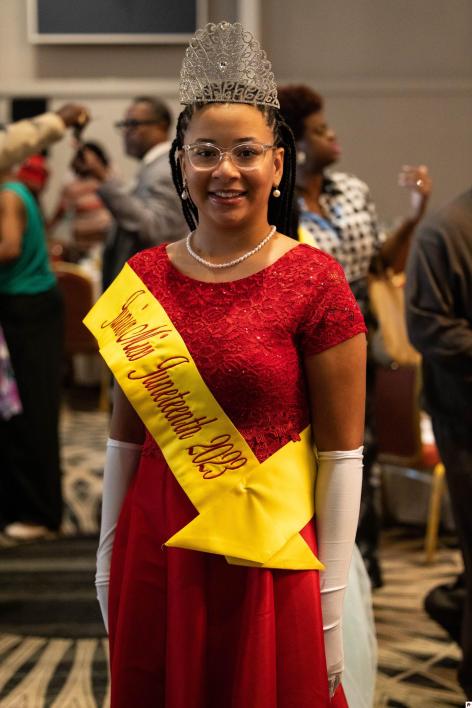
Slavery Remembrance Day Attendee

Power couple Jarren Small and Chelsea Lenora White
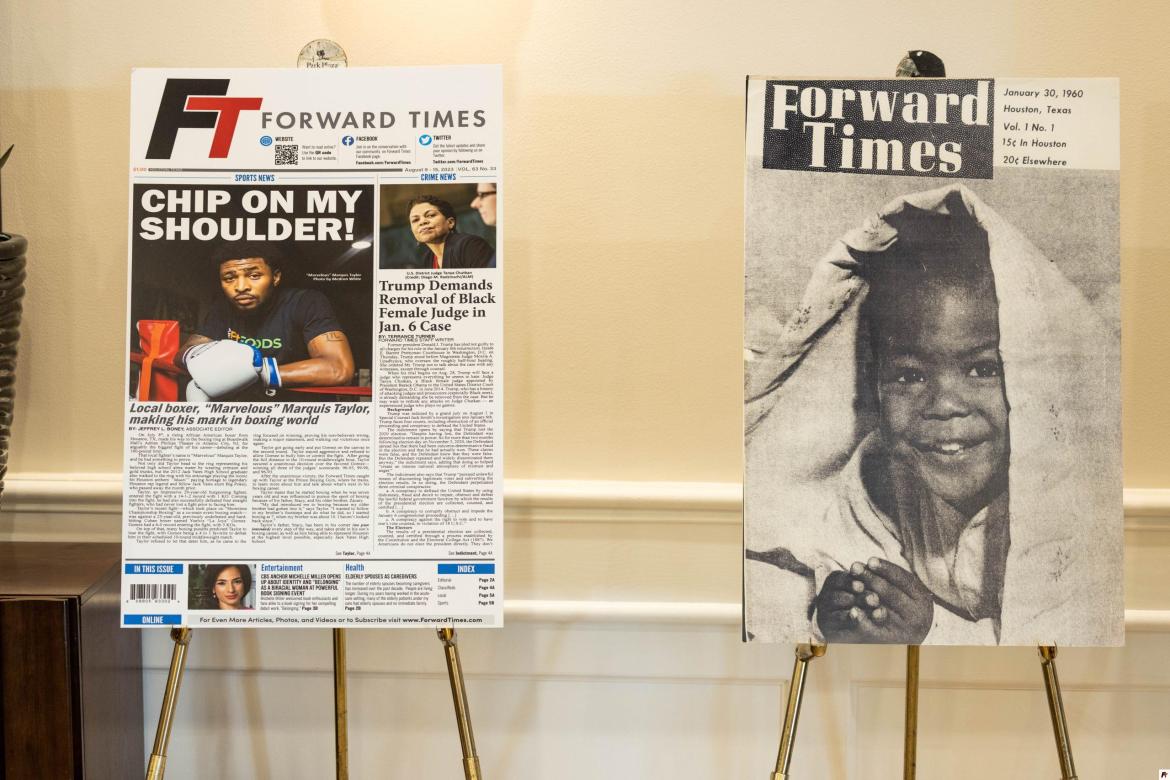
Highlighting the front page of Forward Times’ first edition in January 1960 and the FT front page over 63 years later from August 2023

Slavery Remembrance Day Program Participant
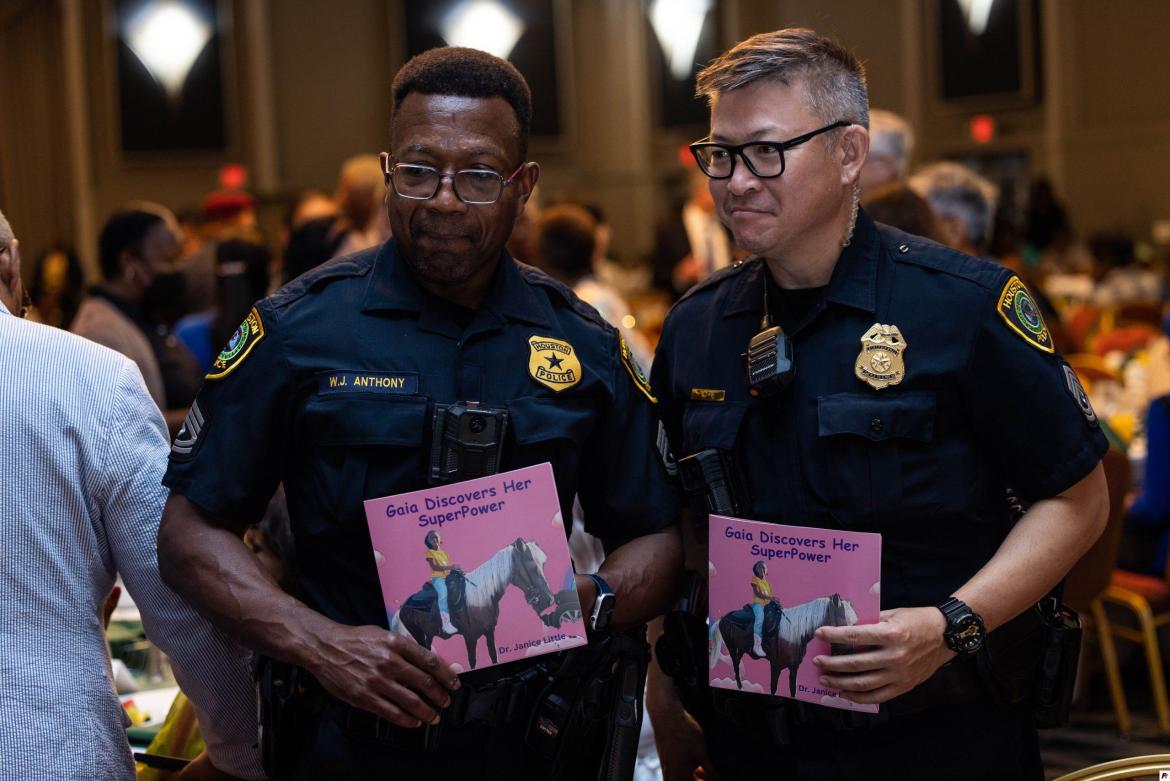
HPD law enforcement in attendance
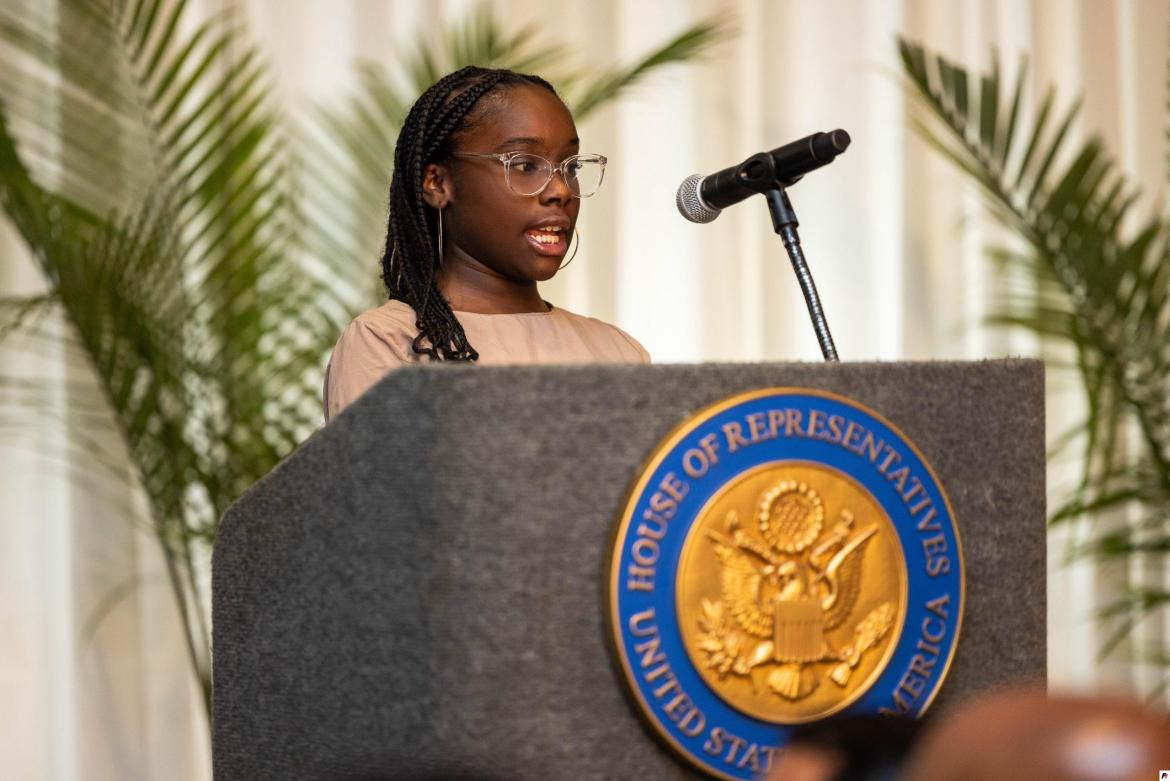
Slavery Remembrance Day Program Participant
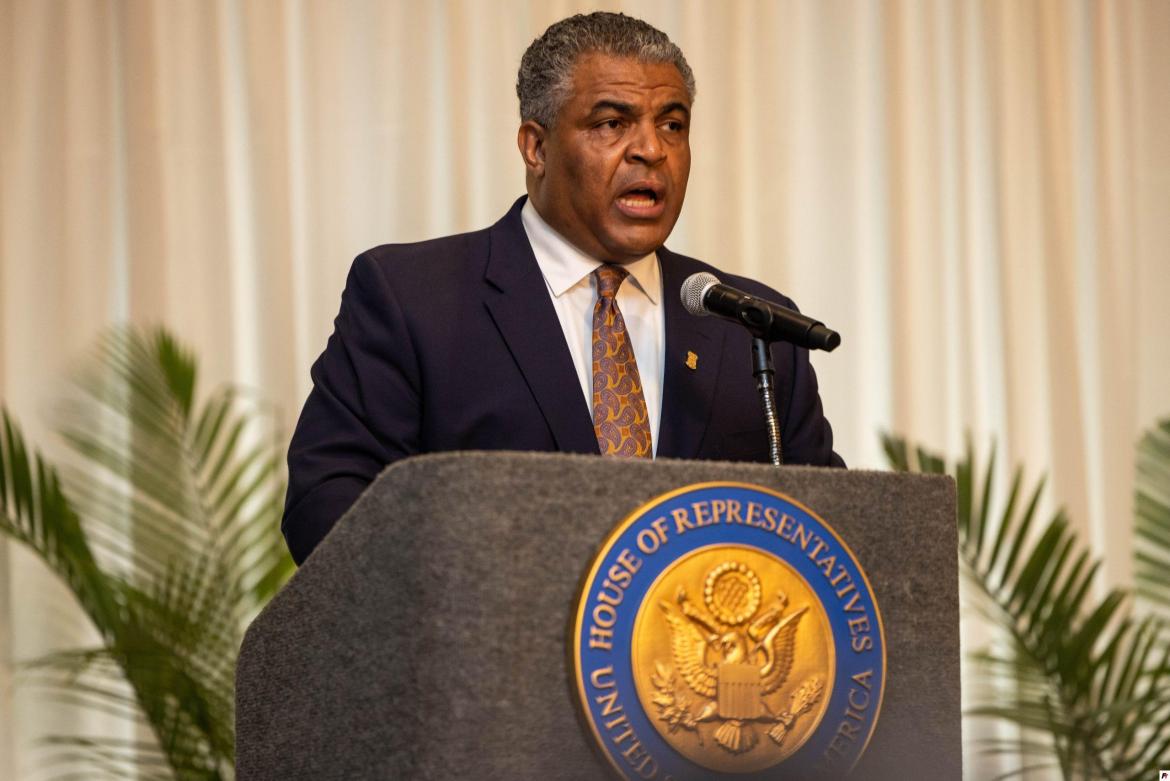
Breakfast emcee George Anderson
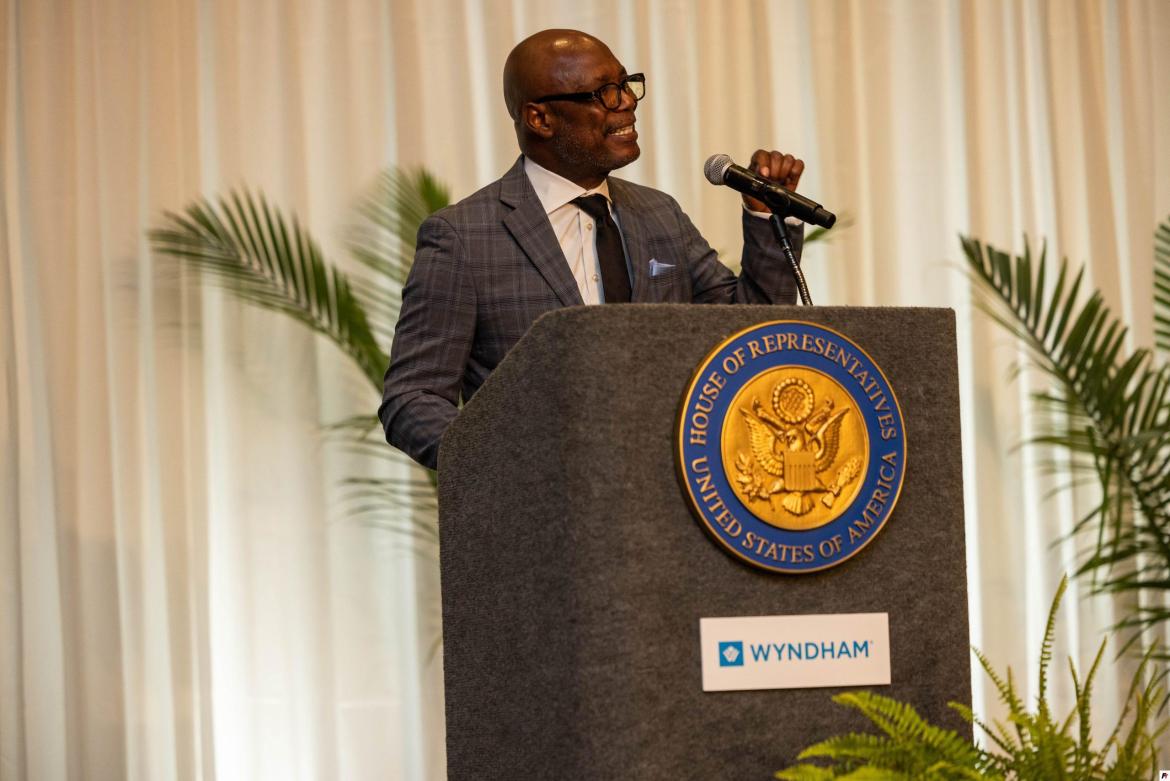
Bishop Dr. James Dixon delivers a rousing speech
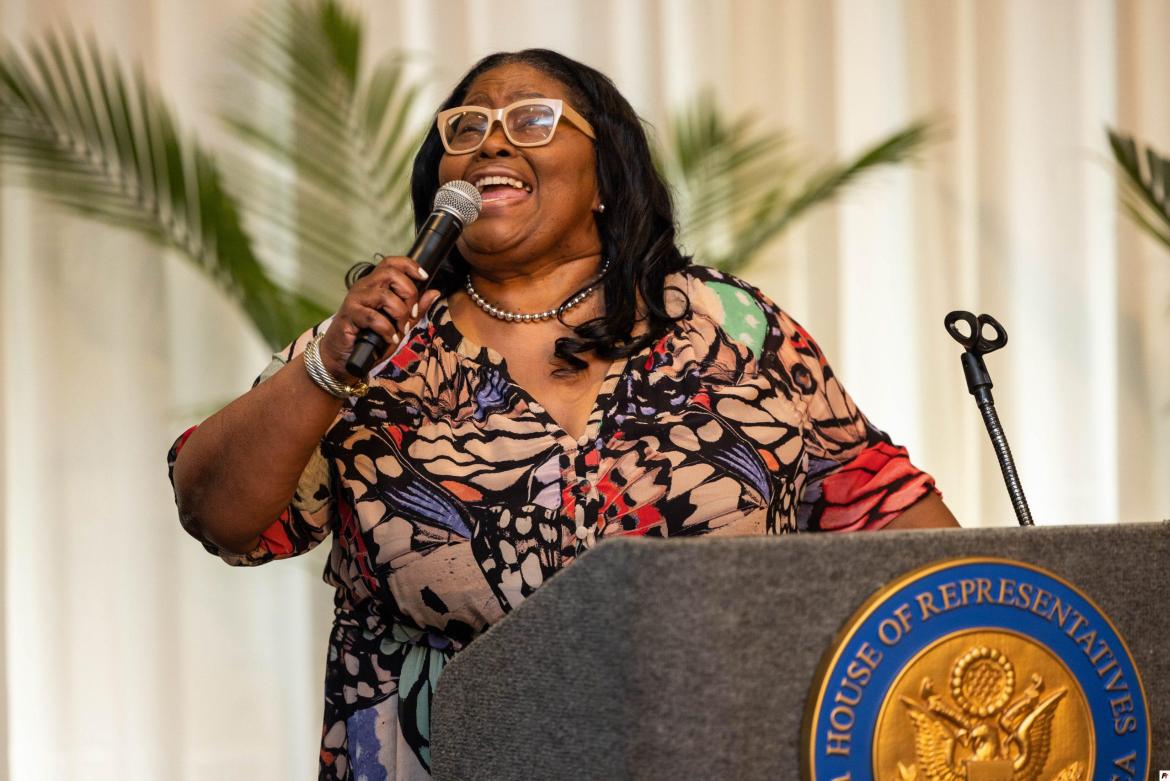
National gospel recording artist Kathy Taylor sings the National Anthem
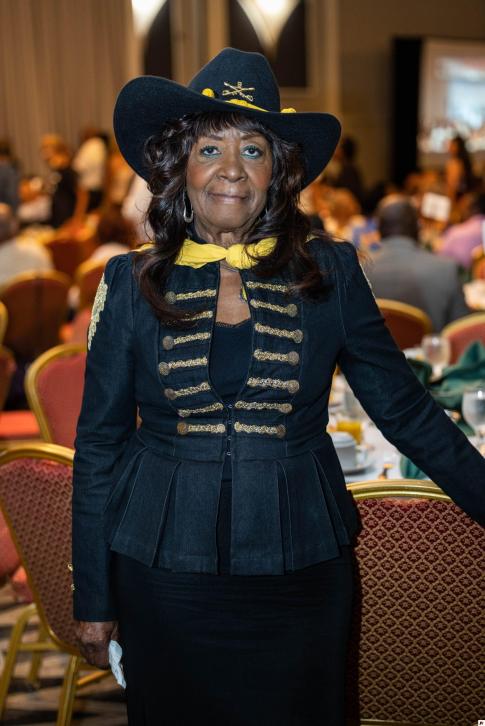
Member representing the Buffalo Soldier
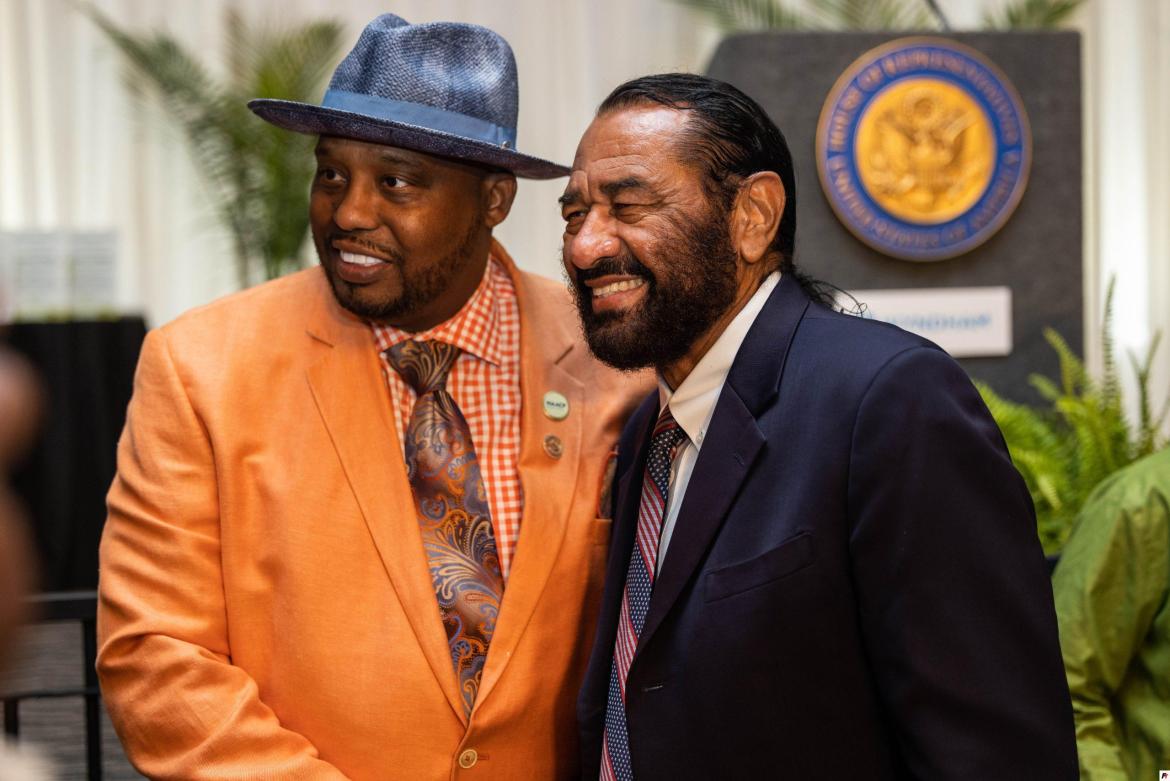
Slavery Remembrance Day Attendee and U.S. Congressman Al Green
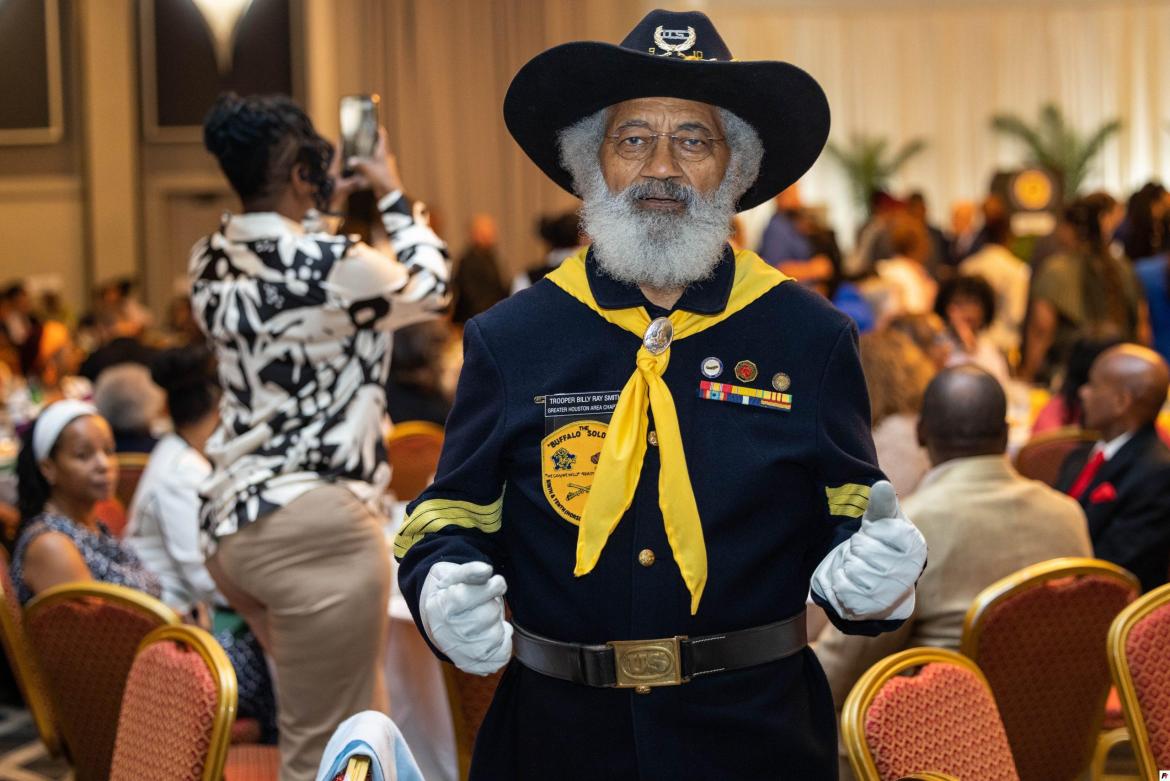
Billy Ray Smith representing the Buffalo Soldiers
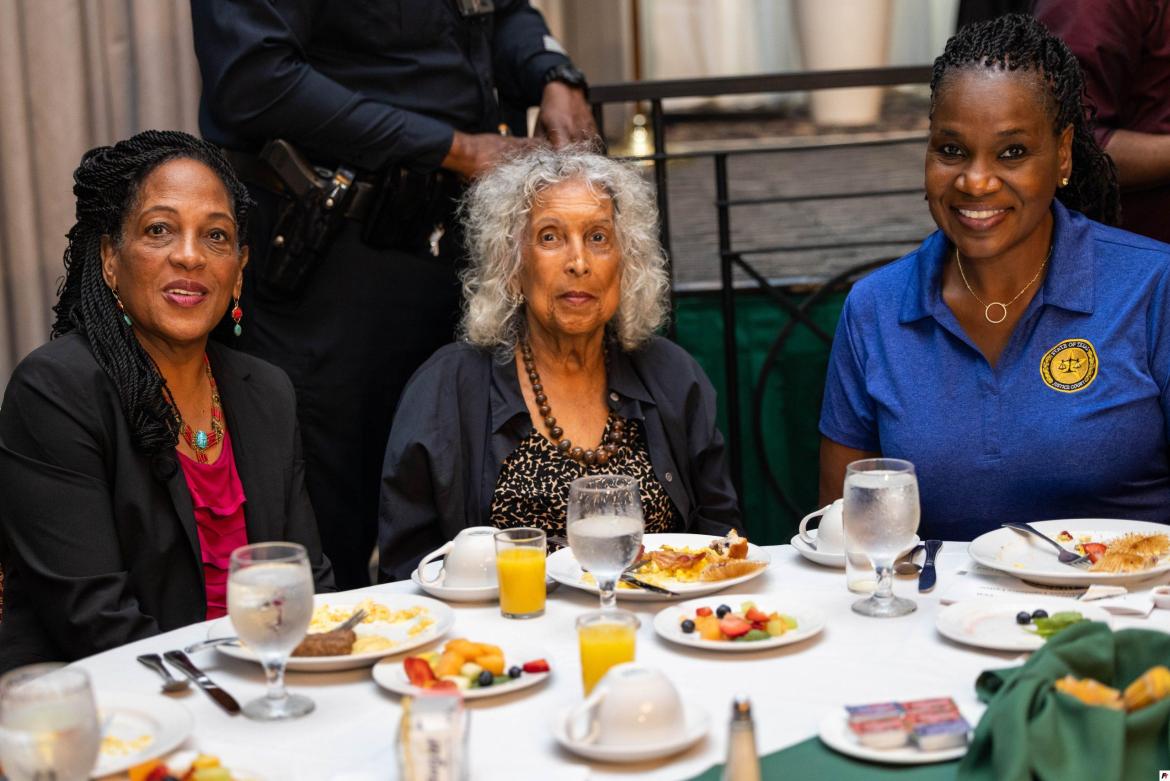
Judge Sharon Burney, retired Judge Zinetta Burney, and Judge Wanda Adams
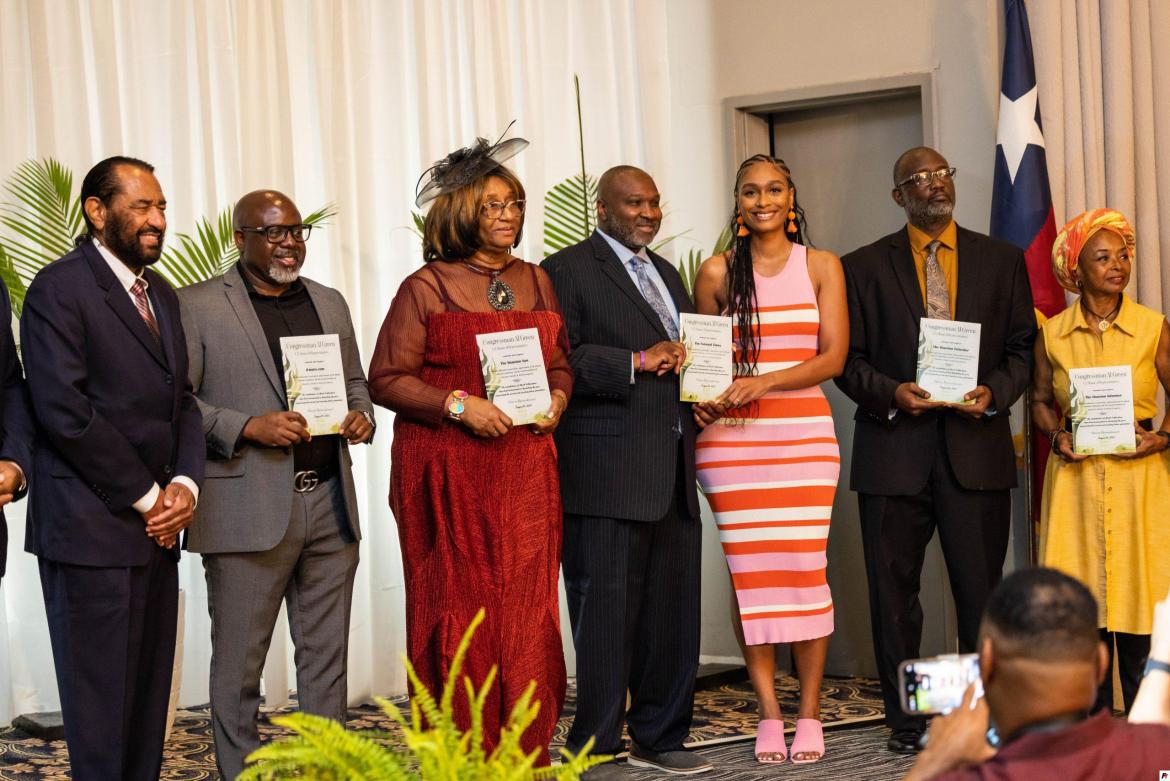
U.S. Congressman Al Green honors Forward Times and other members of Houston’s Black Press at Slavery Remembrance Breakfast
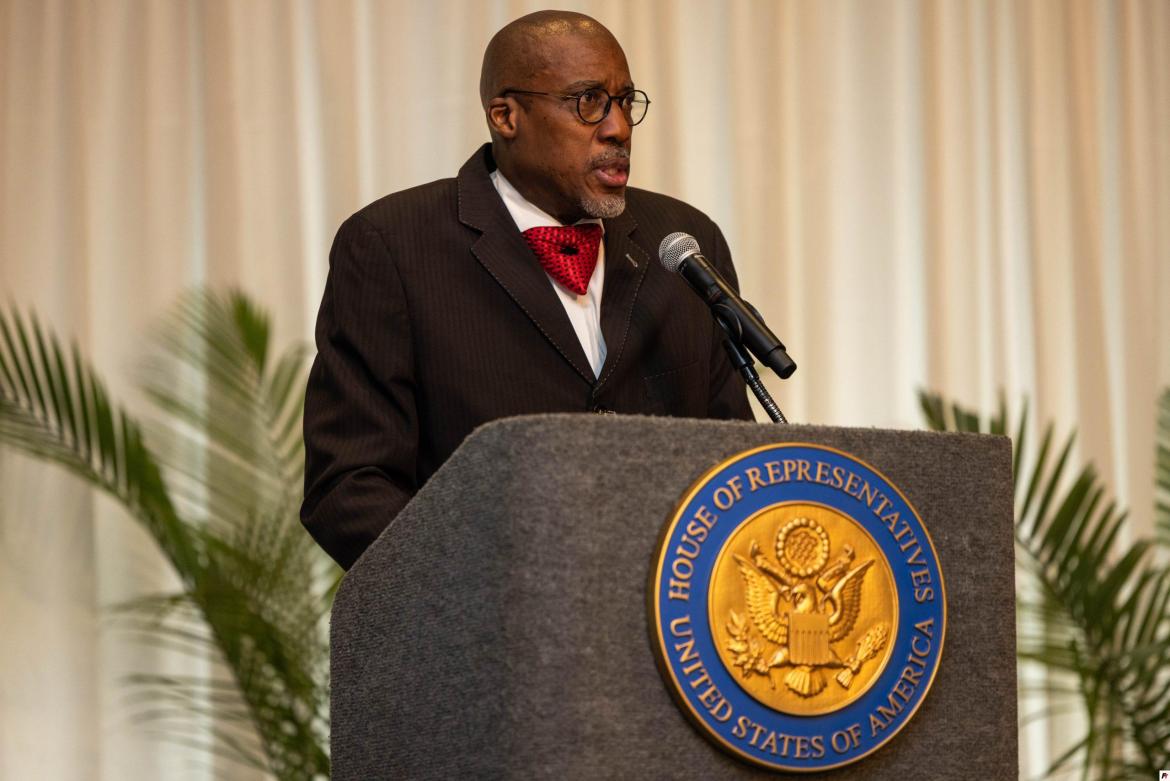
Pastor Max Miller delivers invocation and shares inspirational message
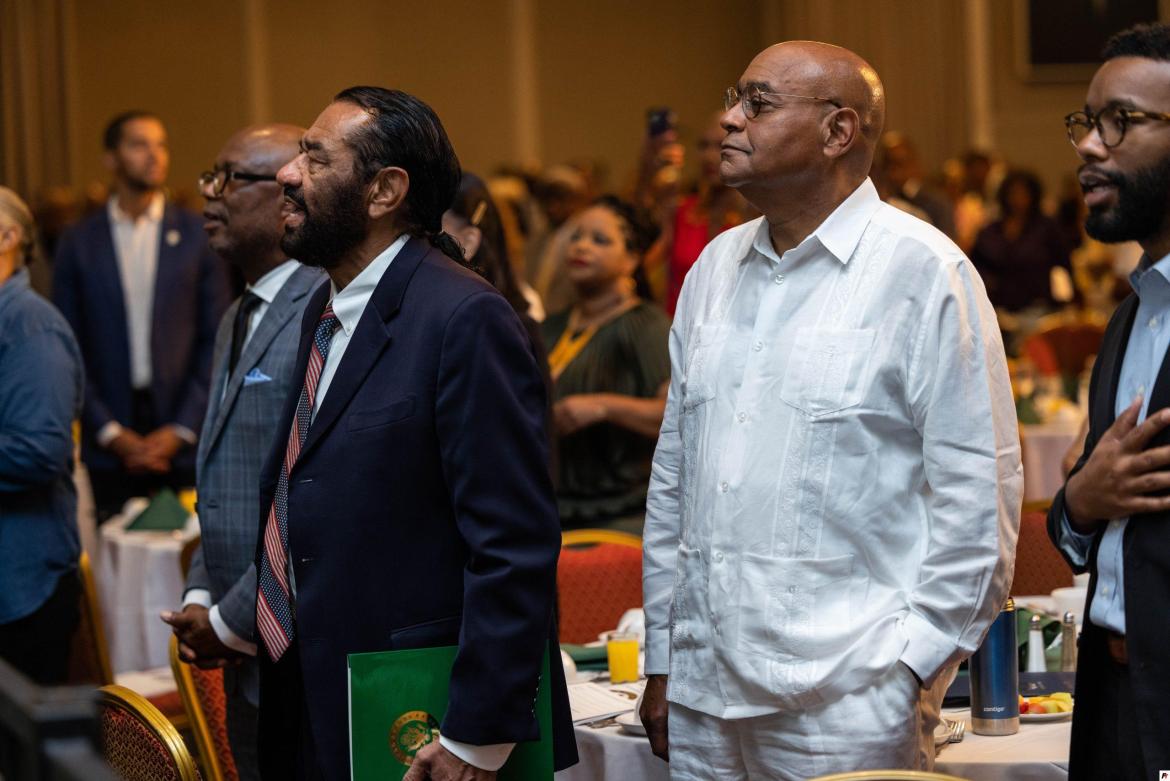
Congressman Green and other dignitaries
The post Honoring the People on Whose Backs America was Built appeared first on Forward Times.
The post Honoring the People on Whose Backs America was Built first appeared on BlackPressUSA.
#NNPA BlackPress
IN MEMORIAM: Ramona Edelin, Influential Activist and Education Advocate, Dies at 78
NNPA NEWSWIRE — Born on September 4, 1945, in Los Angeles, California, activist Ramona Edelin’s early years were marked by a commitment to education and social justice. According to her HistoryMakers biography, after graduating from Fisk University with a Bachelor’s degree in 1967, she pursued further studies at the University of East Anglia in England. She earned her master’s degree before completing her Ph.D. at Boston University in 1981.
The post IN MEMORIAM: Ramona Edelin, Influential Activist and Education Advocate, Dies at 78 first appeared on BlackPressUSA.

By Stacy M. Brown, NNPA Newswire Senior National Correspondent
@StacyBrownMedia
Once upon a time, Black Americans were simply known as colored people, or Negroes. That is until Ramona Edelin came along. The activist, renowned for her pivotal roles in advancing civil rights, education reform, and community empowerment, died at her D.C. residence last month at the age of 78. Her death, finally confirmed this week by Barnaby Towns, a communications strategist who collaborated with Dr. Edelin, was attributed to cancer.
Born on September 4, 1945, in Los Angeles, California, Edelin’s early years were marked by a commitment to education and social justice. According to her HistoryMakers biography, after graduating from Fisk University with a Bachelor’s degree in 1967, she pursued further studies at the University of East Anglia in England. She earned her master’s degree before completing her Ph.D. at Boston University in 1981.
Edelin’s contributions to academia and activism were manifold. She was pivotal in popularizing the term “African American” alongside Rev. Jesse L. Jackson in the late 1980s.
Jackson had announced the preference for “African American,” speaking for summit organizers that included Dr. Edelin. “Just as we were called Colored, but were not that, and then Negro, but not that, to be called Black is just as baseless,” he said, adding that “African American” “has cultural integrity” and “puts us in our proper historical context.”
Later, Edelin told Ebony magazine, “Calling ourselves African Americans is the first step in the cultural offensive,” while linking the name change to a “cultural renaissance” in which Black Americans reconnected with their history and heritage.
“Who are we if we don’t acknowledge our motherland?” she asked later. “When a child in a ghetto calls himself African American, immediately he’s international. You’ve taken him from the ghetto and put him on the globe.”
The HistoryMakers bio noted that Edelin’s academic pursuits led her to found and chair the Department of African American Studies at Northeastern University, where she established herself as a leading voice.
Transitioning from academia to advocacy, Edelin joined the National Urban Coalition in 1977, eventually ascending to president and CEO. During her tenure, she spearheaded initiatives such as the “Say Yes to a Youngster’s Future” program, which provided crucial support in math, science, and technology to youth and teachers of color in urban areas. Her biography noted that Edelin’s efforts extended nationwide through partnerships with organizations like the National Science Foundation and the United States Department of Education.
President Bill Clinton recognized Edelin’s expertise by appointing her to the Presidential Board on Historically Black Colleges and Universities in 1998. She also co-founded and served as treasurer of the Black Leadership Forum, solidifying her standing as a respected leader in African American communities.
Beyond her professional achievements, Edelin dedicated herself to numerous boards and committees, including chairing the District of Columbia Educational Goals 2000 Panel and contributing to the Federal Advisory Committee for the Black Community Crusade for Children.
Throughout her life, Edelin received widespread recognition for her contributions. Ebony magazine honored her as one of the 100 Most Influential Black Americans, and she received prestigious awards such as the Southern Christian Leadership Award for Progressive Leadership and the IBM Community Executive Program Award.
The post IN MEMORIAM: Ramona Edelin, Influential Activist and Education Advocate, Dies at 78 first appeared on BlackPressUSA.
#NNPA BlackPress
Tennessee State University Board Disbanded by MAGA Loyalists as Assault on DE&I Continues
NNPA NEWSWIRE — Recent legislative actions in Tennessee, such as repealing police reform measures enacted after the killing of Tyre Nichols, underscore a troubling trend of undermining local control and perpetuating racist agendas. The new law preventing local governments from restricting police officers’ authority disregards community efforts to address systemic issues of police violence and racial profiling.
The post Tennessee State University Board Disbanded by MAGA Loyalists as Assault on DE&I Continues first appeared on BlackPressUSA.
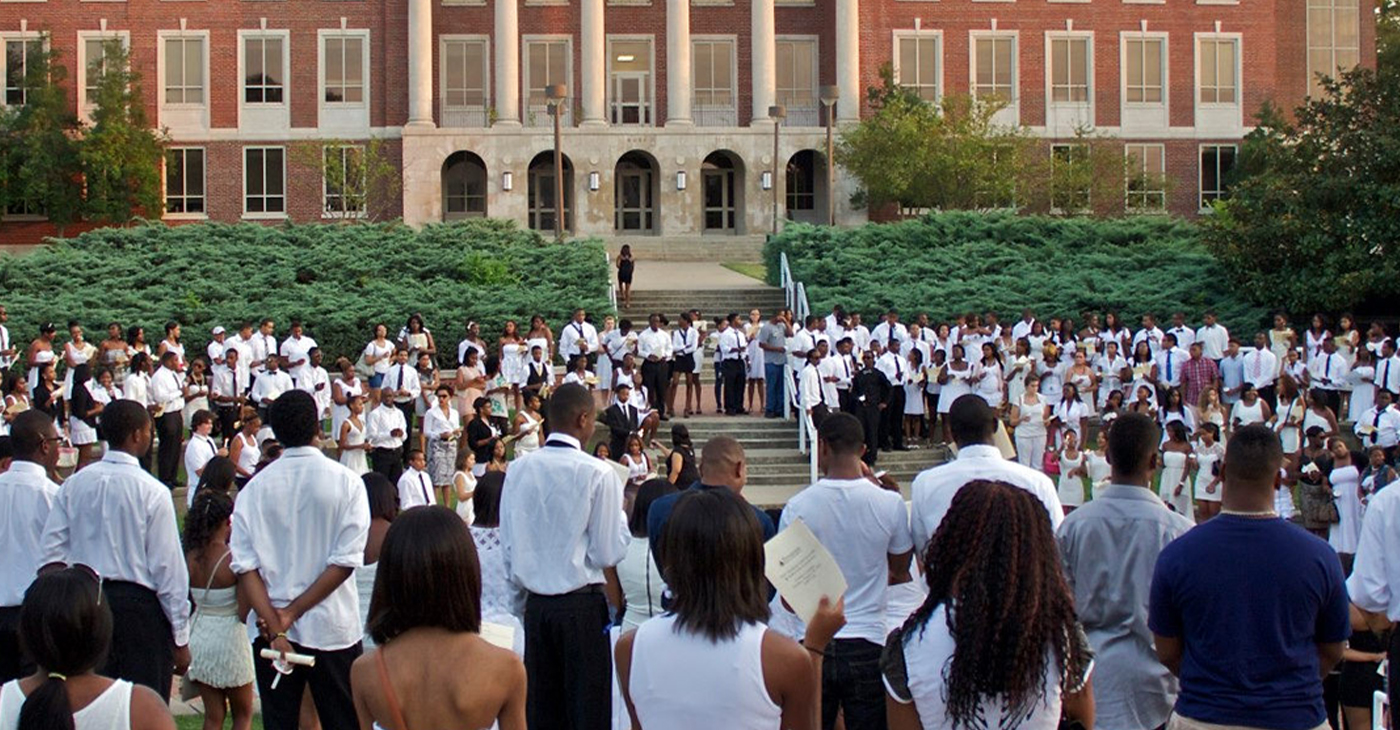
By Stacy M. Brown, NNPA Newswire Senior National Correspondent
@StacyBrownMedia
Tennessee State University (TSU), the state’s only public historically Black college and university (HBCU), faces a tumultuous future as Gov. Bill Lee dissolved its board, a move supported by racist conservatives and MAGA Republicans in the Tennessee General Assembly, who follow the lead of the twice-impeached, four-times indicted, alleged sexual predator former President Donald Trump. Educators and others have denounced the move as an attack on diversity, equity, and inclusion (DE&I) and a grave setback for higher education.
Critics argue that TSU’s purported financial mismanagement is a manufactured crisis rooted in decades of underinvestment by the state government. They’ve noted that it continues a trend by conservatives and the racist MAGA movement to eliminate opportunities for Blacks in education, corporate America, and the public sector.
Gevin Reynolds, a former speechwriter for Vice President Kamala Harris, emphasizes in an op-ed that TSU’s financial difficulties are not the result of university leadership because a recent audit found no evidence of fraud or malfeasance.
Reynolds noted that the disbanding of TSU’s board is not an isolated incident but part of a broader assault on DE&I initiatives nationwide. Ten states, including Tennessee, have enacted laws banning DE&I policies on college campuses, while governors appointing MAGA loyalists to university trustee positions further undermine efforts to promote inclusivity and equality.
Moreover, recent legislative actions in Tennessee, such as repealing police reform measures enacted after the killing of Tyre Nichols, underscore a troubling trend of undermining local control and perpetuating racist agendas. The new law preventing local governments from restricting police officers’ authority disregards community efforts to address systemic issues of police violence and racial profiling.
The actions echo historical efforts to suppress Black progress, reminiscent of the violent backlash against gains made during the Reconstruction era. President Joe Biden warned during an appearance in New York last month that Trump desires to bring the nation back to the 18th and 19th centuries – in other words, to see, among other things, African Americans back in the chains of slavery, women subservient to men without any say over their bodies, and all voting rights restricted to white men.
The parallels are stark, with white supremacist ideologies used to justify attacks on Black institutions and disenfranchise marginalized communities, Reynolds argued.
In response to these challenges, advocates stress the urgency of collective action to defend democracy and combat systemic racism. Understanding that attacks on institutions like TSU are symptomatic of broader threats to democratic norms, they call for increased civic engagement and voting at all levels of government.
The actions of people dedicated to upholding the principles of inclusivity, equity, and justice for all will determine the outcome of the ongoing fight for democracy, Reynolds noted. “We are in a war for our democracy, one whose outcome will be determined by every line on every ballot at every precinct,” he stated.
The post Tennessee State University Board Disbanded by MAGA Loyalists as Assault on DE&I Continues first appeared on BlackPressUSA.
#NNPA BlackPress
Braxton Haulcy and the Expansion of Walker|West Music Academy
May 24, 2023 – Walker West Music Academy gets an early start on expansion. Join us for a Wednesday episode of The …
The post Braxton Haulcy and the Expansion of Walker|West Music Academy first appeared on BlackPressUSA.

May 24, 2023 – Walker West Music Academy gets an early start on expansion. Join us for a Wednesday episode of The …
The post Braxton Haulcy and the Expansion of Walker|West Music Academy first appeared on BlackPressUSA.
-

 Activism4 weeks ago
Activism4 weeks agoOakland Post: Week of March 27 – April 2, 2024
-

 #NNPA BlackPress4 weeks ago
#NNPA BlackPress4 weeks agoBeloved Actor and Activist Louis Cameron Gossett Jr. Dies at 87
-

 Community1 week ago
Community1 week agoFinancial Assistance Bill for Descendants of Enslaved Persons to Help Them Purchase, Own, or Maintain a Home
-

 Activism3 weeks ago
Activism3 weeks agoOakland Post: Week of April 3 – 6, 2024
-

 Business1 week ago
Business1 week agoV.P. Kamala Harris: Americans With Criminal Records Will Soon Be Eligible for SBA Loans
-

 Activism2 weeks ago
Activism2 weeks agoOakland Post: Week of April 10 – 16, 2024
-

 Community1 week ago
Community1 week agoAG Bonta Says Oakland School Leaders Should Comply with State Laws to Avoid ‘Disparate Harm’ When Closing or Merging Schools
-

 Community6 days ago
Community6 days agoOakland WNBA Player to be Inducted Into Hall of Fame

